Did you know that the first-ever PRCA Head Horse of the Year (Cannonball) was a descendant of Man o’ War—one of the greatest Thoroughbred racehorses of all time? Or that the only team roping horse in the ProRodeo Hall of Fame (Walt) was out of a half-Thoroughbred mare?
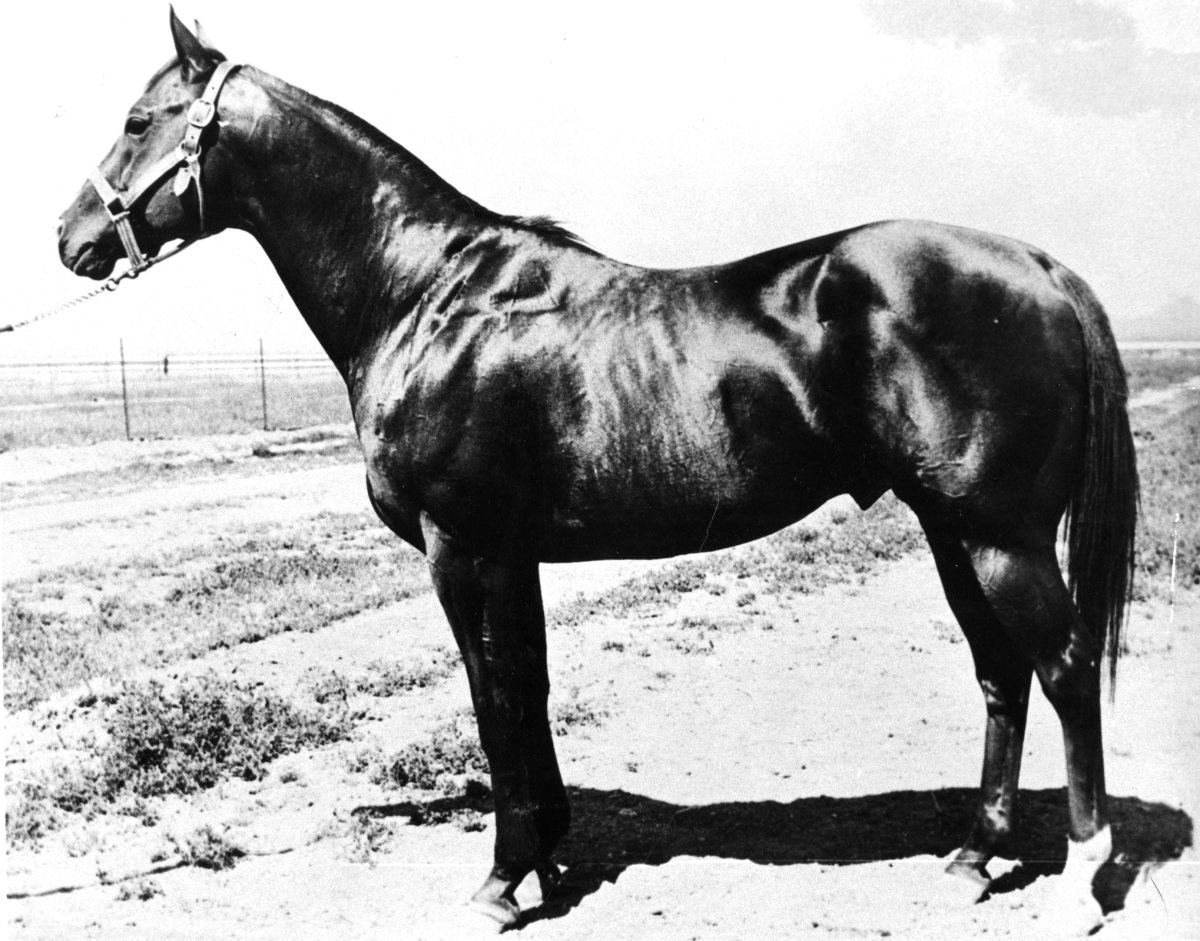
Most surprising, maybe, is Viper. The thick powerhouse that revolutionized heading with Hall-of-Famer Speed Williams at the reins had pure race breeding. His broodmare sire was an own grandson of Depth Charge (TB) by the Appendix racehorse Double Bid. Williams described Viper as having a huge girth, which made him strong up the wall and one of the best horses ever in the buildings.
A deep girth is something Thoroughbreds are known for, along with a longer neck, high withers, a short back, and long legs. But the breed passes along some super-desirable head-horse traits to boot—namely toughness, heart, honesty, and speed. Cannonball was a good example.
“He scores really well, runs strong, and never tires,” NFR average champ Matt Tyler once said. “He has a heart bigger than Dallas. I could never put a price on him.”
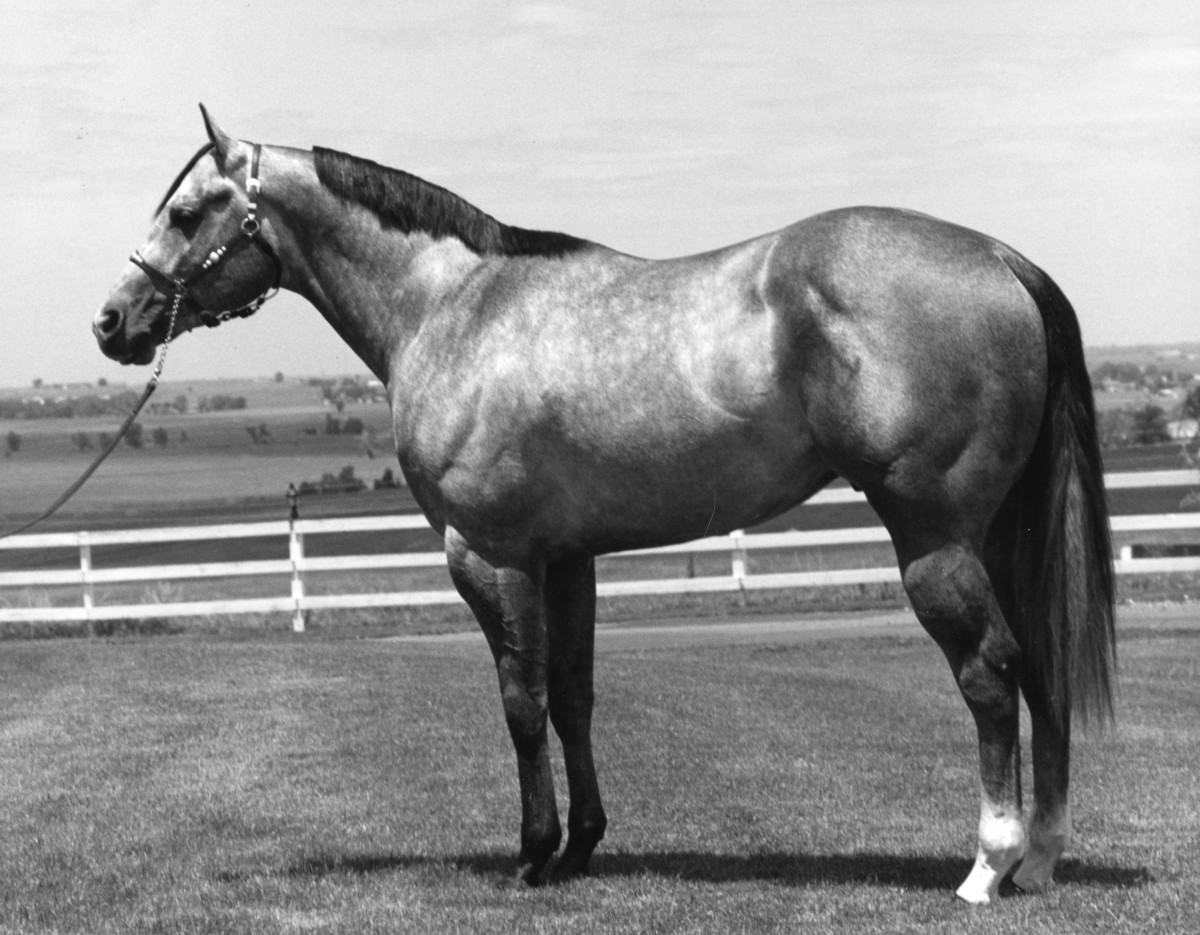
Slot machine hopes
Those traits Tyler mentioned likely began in the 1940s with Three Bars, so named because his owners hoped he’d pay off like a slot machine. It was said that Three Bars couldn’t run a distance, but had blinding quick speed. Racehorses then were hot-blooded and hair-triggered, so Three Bars’ easygoing disposition was something of an anomaly.
Quarter Horse owners clamored to get some of that. So AQHA allowed “Appendix” (Thoroughbred/Quarter Horse crosses) to be registered. Thus, Three Bars had dozens of Quarter Horse sons with all those head-horse worthy traits (Gay Bar King, Lightning Bar, Sugar Bars, The Ole Man, etc.)
It’s no wonder Three Bars shows up five times on Walt’s papers, six times on the papers of Clay Tryan’s great Thumper, six times on the papers of Trevor Brazile’s Sic Em, and seven times on the papers of Chad Masters’ great horse, Clint. Turtle Powell’s Vegas was double-bred Sugar Bars. Heck, the great TB sire also directly led to cutting phenom Doc Bar and halter standout Mr. Impressive.
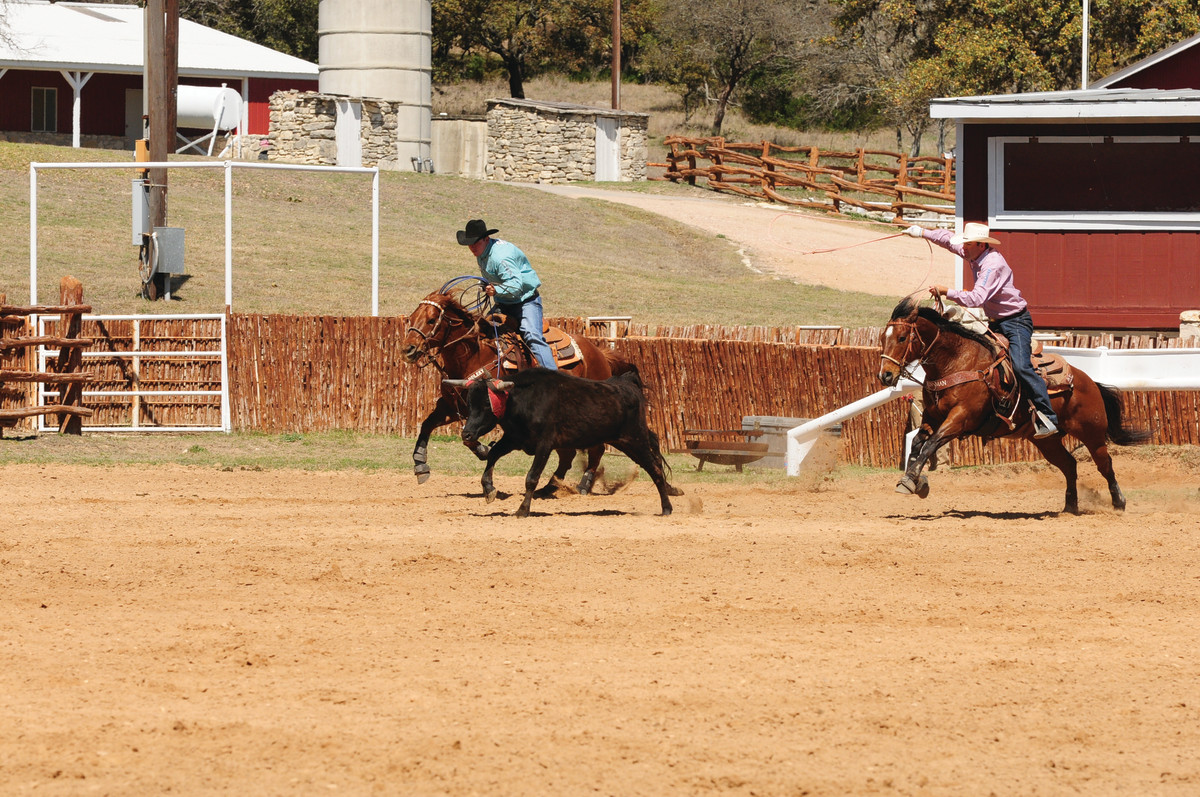
In fact, the Four Sixes Ranch bought a Three Bars son to anchor their own program. Cee Bar was grandsire to a number of rodeo greats, including Touchdown, on whom Joe Beaver won the 1993 world tie-down roping championship. The legendary Thoroughbred also plays prominently in the blood of Matt Sherwood’s two-time world champion head horse Nickolas, whose dam is an own granddaughter of Rocket Bar crossed on a Leo daughter.
The magic cross of Three Bars and Leo in the 1980s and 1990s led to Cannonball; as well as to Bobby Hurley’s prize yellow Smug; Sherwood’s gold-buckle sorrel, Nickolas; and Charles Pogue’s immortal Scooter. The latter was known for being by Oklahoma Fuel—a grandson of Three Bars—but he was also one of several great head horses that go back to Mr Bar None. Once the fastest Quarter Horse in the world, Mr Bar None was a record-breaking Hall-of-Fame racehorse who sired two NFR tie-down roping horses: The Bar None Quest and Mr Bar None Cactus.
Another Three Bars grandson, Rocket Wrangler, was crossed with a Thoroughbred mare to produce Dash For Cash in 1973, which has led to possibly the best example of race breeding paying off from the heading box.
Dashing for dollars
Three-time world champion Clay Tryan has dominated for 15 years on four heavily race-bred horses—three of whom have five Horse of the Year awards among them. Besides Hall-of-Famer Walt (the three-time winner), Clay’s Thumper was a great-grandson of Dash For Cash. His other winner, 19-year-old Dew; and his late mare, Cate (who died in August at 21); were both by sons of Dash For Cash.
“He was blessed with great speed, but his biggest asset was probably his good, level mind,” veteran racetrack trainer Bubba Cascio said of Dash For Cash. “Because of it, he made few mistakes on the track.”
Cate not only had Dash For Cash as a grandsire, but also Azure Te (TB) on top, and more running blood on the bottom via The Signature and an Appendix mare that went back to Spotted Bull (TB). Just for reference, Special Effort’s dam was double-bred Spotted Bull. A Spotted Bull granddaughter was bred to Easy Jet to get the sire of Streakin Six (speed index 104). Incidentally, a Streakin Six grandson helped Zac Small win the 2016 BFI and 2017 RodeoHouston.
Clay will tell you it can’t be entirely coincidence that all four of his greats could run so hard or that they all lasted so many years; plus, they were “the best-scoring horses” he’s ever ridden. While it’s tricky to tie specific physical abilities to a particular parentage, anecdotes from veteran headers will let you draw your own conclusions about runnin’ blood. A few traits keep coming up, including longevity.
“If a horse doesn’t last for a significant number of years, was it really great?” asked Clay. “Any horse can look good for a while.”
A major component of how long a horse lasts is toughness, and the Hall-of-Famer had that in spades. Walt was so gritty that he took both Clay and Travis to their first three NFRs. Folks, that’s a lot of runs. He was just as good a decade later, at 20, when an aneurysm dropped him while Travis warmed him up for another rodeo run.
Nickolas (double-bred Three Bars) was 21 the last time Sherwood faced him at the NFR three years ago, and he’s still completely sound. Scooter, arguably the greatest head horse in history with six Horse of the Year awards and 10 NFRs, was in Pogue’s trailer from the time he turned 6 until he died 11 years later. The grey son of Oklahoma Fuel (speed index 108) boasted the blood of Appendix superstars Jet Deck and Mr Bar None.
“I had won the NFR average and the BFI that year,” remembered Pogue. “He was still going really strong at 17 when he got sick.”
Or look at two-time runner-up Horse of the Year Rudy, whose sire goes to Three Bars five times and whose dam is straight Thoroughbred (a mix of Raise A Native, Bold Ruler, and Nasrullah).
“For four years, he was the only horse I used,” Arky Rogers said. “That’s 80 rodeos a year and I don’t know how many jackpots.”
Rogers said the horse just kept getting better. Rudy was sold to Brandon Webb after Webb had approached the likes of Trevor Brazile and Kaleb Driggers and asked them who had the best head horse in the world at the time. They said Rogers.
“I think maybe they have longevity bred in them,” said three-time world champ Tee Woolman, whose 2004 Horse of the Year, Megazord, was an own grandson of Easy Jet out of a Dash For Cash/Azure Te granddaughter. “They try a little harder, too.”

A cold nature
Therein lies the rub. That willingness to give everything they have, every time, is what defines the best in the world and gives those horses a special consistency. Walt never, ever took away a throw, and it was the same trip every time. Scooter offered the same trip every time. They scored the same every time.
“That’s called making money,” quipped veteran head-horse trainer Steve Orth.
Remember the 16-hand palomino called Calhoon that Trevor Brazile rode a decade or so ago? Richard Eiguren’s good one was double-bred Jet Deck with a half-Thoroughbred sire that went back to War Admiral (TB). According to Brazile, the horse had an uncharacteristically short neck that attached low, so it made it easier to see on him.
“He scored real flat-footed and gave you a chance to win every time,” Brazile recalled. “Some horses, if you reach, start getting smart to it and duck or quit running, but he never did. He had good speed and scored great, but his main trait was he was so honest.”
Remember Jake Barnes’ Rooster? He was an Easy Jet grandson out of a half-Thoroughbred mare going back to Mr Bar None. A later owner, Eddie Wilkerson, remembered that “his pattern of attacking the steer was always the same. He made the same run every time out of the gate.”
They were just as consistent in the corner. What made Walt so phenomenal at the line was that he didn’t move in the box; wasn’t jumpy.
“He was just ready and then would explode,” said Travis. “I’ve been on a lot of horses that anticipate; that need a lot of steers scored on them because they move around more in the corner. He never moved.”
Same story with Nickolas, who was known for standing in the box perfectly to score. It seems that when horses with a little TB blood learn to trust you, there’s no taking the bit. They will look to you to start them every time, with that same doggedness.
“I’ve seen quite a few head horses with a little Thoroughbred that just stand there in the box and won’t hardly move,” Travis added. “They’re maybe a little more stubborn.”
Woolman has a better word for it. He says they’re cold.
“They seem not to get as hot, usually,” he said. “I had a black horse a few years ago that was Appendix-bred, and he was just kind of cold-natured. Not a whole lot bothered him.”
That also describes the part-Thoroughbred Rudy, on whom Rogers once made it back with all three partners at the George Strait.
“That was a lot of steers, but that horse never got hot,” said Rogers. “You could jackpot and run 10 runners in a row over a long barrier, and he didn’t get hot.”
Heart girth
Orth, a seven-time AQHA world champion, recently trained a Chicks Beduino son off the racetrack. BTRSendingMyRegards has conformation that won him a halter world championship and athleticism that earned him a 97 speed index. But he also has a lot of cow and can pin his ears and drag his rear end.
According to the stallion’s breeder, longtime racetrack veterinarian Bob Story, Thoroughbred influence puts more bone on a horse and enhances performance ability.
“A short Thoroughbred is really all a Quarter Horse is,” Orth said. “We just bred them to be smaller. So they lost a little size and a little power, and Thoroughbred blood can throw a little bit back into them.”
To Orth, a jam-up head horse is one that wears a 34-inch cinch.
“They’re stout and harder to train, but by God, when they’re trained, they’re solid, and they’ll be that way forever,” he said. “If a horse doesn’t cinch up deep, I promise he won’t give you much. He’s easier to train, but those first five steers—that’s as good as that horse will ever be. Without that size, a horse will always look for the easiest way out.”
Story, whose racing clients won the All American Futurity 14 times, saw plenty of bloodlines in his 30-year career. His all-time favorite horse was a 1990s granddaughter of Beduino (TB) out of a Raise Your Glass (TB) daughter.
“She had so much heart,” he recalled. “You could have put a brick wall in front of her and she’d have run right through it when you let her out of the gate. I was humbled by that filly. And she had the disposition of a puppy dog at the barn. But you loaded her in that gate and nothing could stop her.”
Sounds remarkably like Scooter or Cate … or Walt, who throughout his life, refused to be idled up to a steer.
“You literally could not ease him up behind a score steer. He would try and run off until he got there,” said Travis. “That’s why he was so great at Cheyenne. When you let one way out there, he almost got mad and was like, ‘I’m gonna get him,’ and he’d run as hard as he needed to get to that spot.”
When Tiffany Wagner used to ride the great horse up the tunnel at the Thomas and Mack Center for Travis, Walt would run off with her as soon as he got to the dirt. Every time. Scooter was no different, and Pogue rarely practiced on him.
“He was going to give you pretty much everything he had, every time,” Pogue said. “I never could throttle him back. Everything he did, it was go wide open.”
Clay said Cate would “dang sure blow up and buck at the trailer if she hadn’t been saddled in a while.” These horses have big motors, which makes them “too much horse” for some, but also makes them winners.
That fire, along with hard heads and a tendency to sulk, can give Appendix-bred horses a tough reputation. But Orth, who nicknamed his recent project “Dragon,” said these horses have so much heart that you get along better if you don’t pick on them all the time. Luckily, Woolman noted, they’re already trying so hard they don’t need much correction.
“You don’t want to pick on Dew,” Clay said. “That horse never forgets. For instance, if he wants to be too free and I reprimand him, then when I feed him, he won’t eat with me standing there.”
Lean and mean
Clay feels like a horse that’s big and bulky can’t move as well, so Cate was built perfectly, in his opinion. Carrying less weight, he figures, also helps them last longer. Walt was not heavily muscled and was light on his feet.
“I’ve never seen a horse run like he did,” said Travis. “He didn’t pound the ground or look like he was really running that hard. Maybe that’s why he stayed so sound for so long. But how fast Walt gained on steers, my gosh. I’ve seen some videos from the side, and you know, he never would overrun your throw. Most horses do not have that control when they finally get there.”
Scooter, too, glided to steers with breathtaking speed and then could shut down, no matter how long the score was or how much the steer checked off.
“Scooter could melt off down to the speed of the steer, just like, instantly,” Pogue said. “It was easy to get everything tight and get a steer’s head turned quick. Other horses can really run, but it might take them another stride to get gathered up and turned off.”
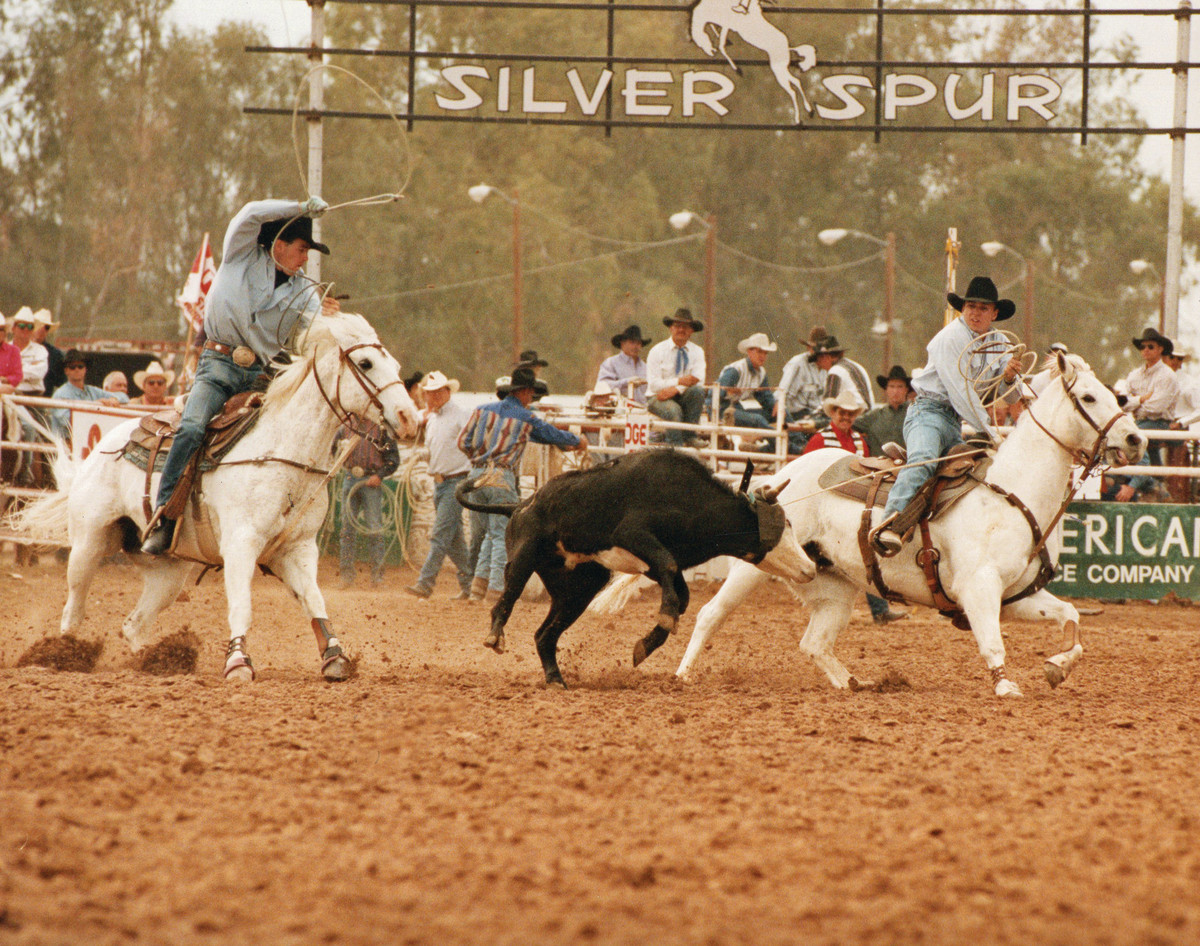
Pogue had made a few runs on Walt and said the Hall-of-Famer could blow up to one and rate just as effectively. He rode Viper, too, and recalled him running with his head lower, along with that great move and spectacular finish.
“It’s easier for them and they love it,” he said. “Those horses are fun to ride and fun to watch.”
Woolman, who trains his own head horses, makes sure prospects have “some run” bred into them—he prefers that over cow breeding. He points to what Reliance Ranches is doing, converting racehorses to head horses under the leadership of Bobby Mote.
In the program, Reliance, which owns the Lazy E Arena in Guthrie, Oklahoma, trains for heading and offers for sale the get of its racing lines (including Valiant Hero, Corona Cartel, PYC Paint Your Wagon, First Down Dash, and Mr Jess Perry) after they also get 90 days cutting training.
Race-bred horses aren’t famous for becoming rope horses. But considering the explosive speed, rock-solid scoring, and honesty noted in some by the best headers in the world—why not?
“Honestly, I never had one that could really run that didn’t also pull good and let you win,” Orth said.
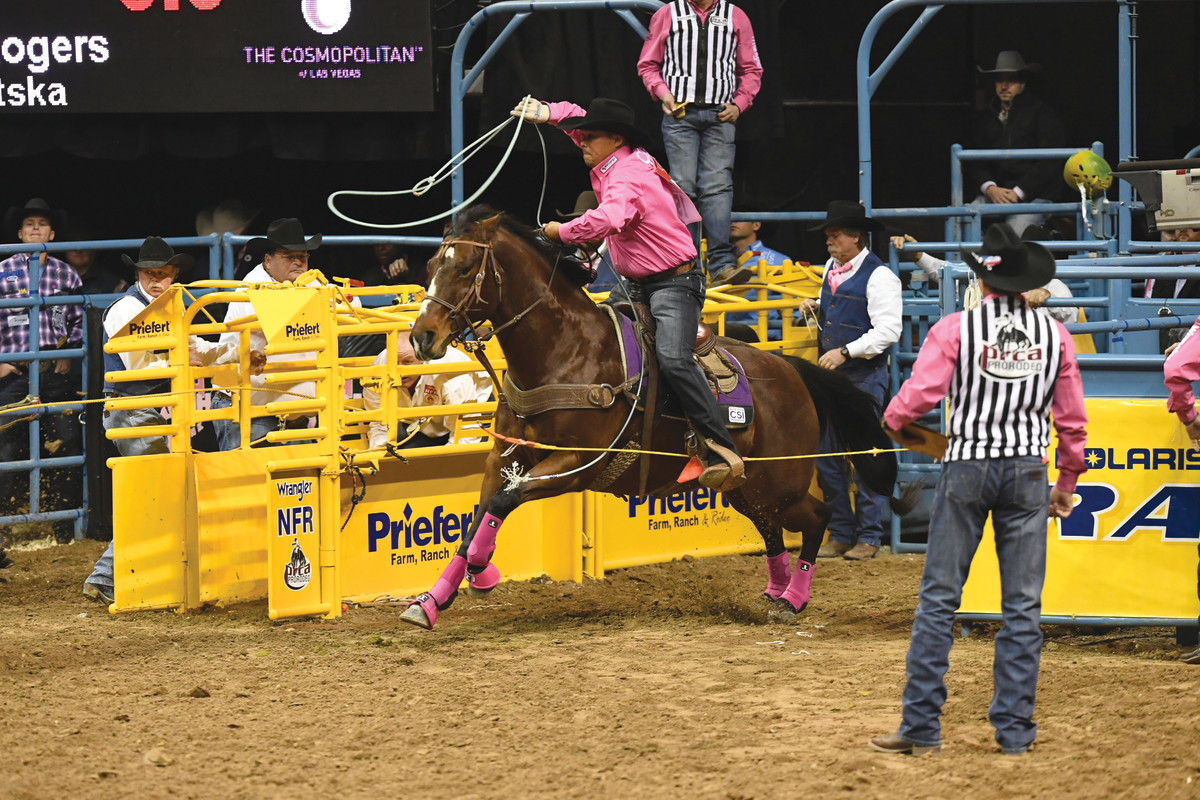
And the ultimate head-horse sire? That can’t be coincidence, either. The Tryans had tried in vain to track down Walt’s Appendix dam, but never found her. And until this article was written, Clay didn’t know that the legendary Walt and Dustin Bird’s Dolly have more in common than their blistering speed, 10 years on the road, two world titles, and 18 collective NFR qualifications—both also have the same sire.
His name is Skid Frost. His sire was triple-bred Three Bars and his dam was double-bred Driftwood. ‘Nuff said.
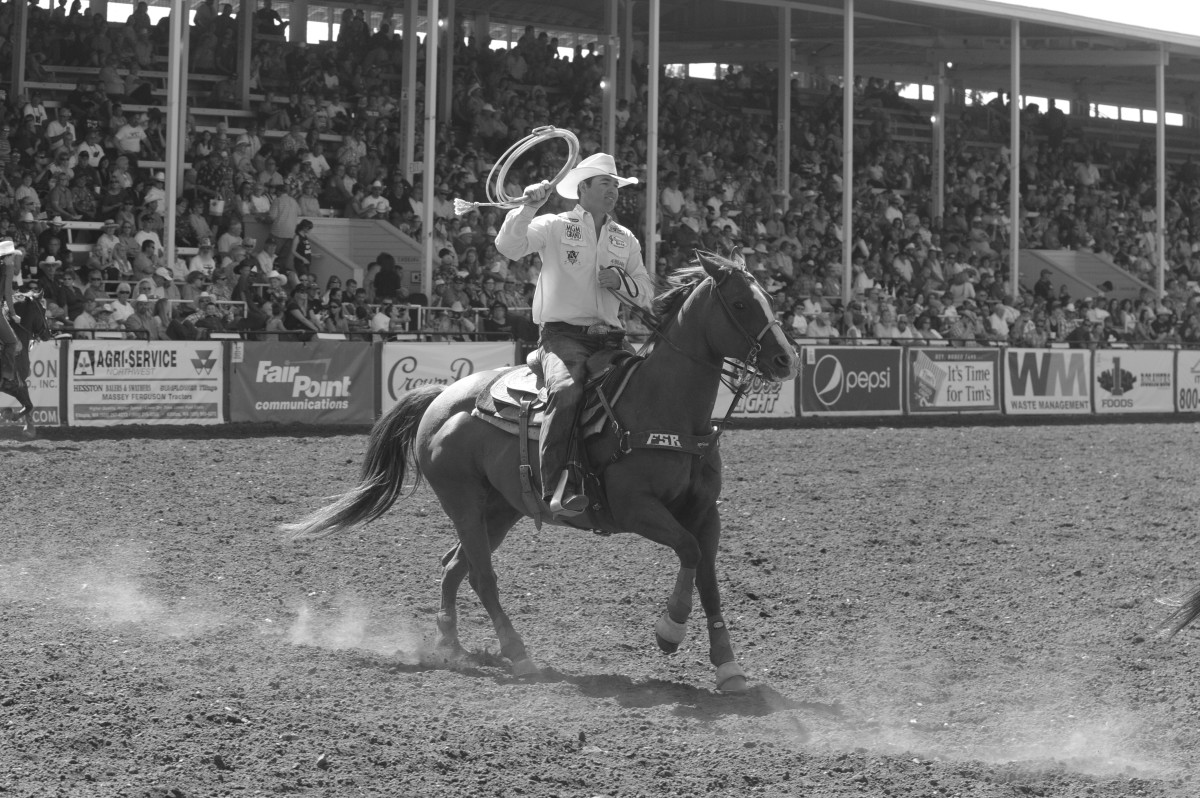
Bears Cash Partner
1997-2018
“Dustin Bird and I had the only two mares that anybody rode for any amount of time,” pointed out three-time world champ Clay Tryan, who backed in on Cate at all the big rodeos to enter the Finals first or second in the standings for six straight years and left with two gold buckles.
Incidentally, Bird’s Dolly, who helped Erich Rogers win his own gold buckle, had a dam boasting a mix of Truckle Feature, Three Bars, and Jet Deck.
“There haven’t been very many good mares in all my years of rodeoing,” Clay continued. “I think Cate was the best there’s ever been. Dew got the credit because people saw him at the big ropings and the NFR, but she was my main rodeo horse. No one sees you go at, say, Kennewick. When I rode her, runs weren’t posted online like they are now. She was the only reason I entered the Finals near the top every year. I just couldn’t use her in Vegas because she scored so good she wouldn’t leave soon enough.”
Cate, finally succumbing to a shattered foot she suffered in 2015, had been turned out with Tryan’s former PRCA/AQHA Head Horse of the Year Thumper in recent years. The great gelding had a tendency to stand over her for long hours last winter in the cold and, after her death, he took to running the fence.
“I asked Kelly to put something in with him, because it was 110 degrees in Texas and I figured he might die, too, doing that,” recalled Tryan. “She put Cate’s baby and the recip mare in with him, and he just took that baby over. He only lets it eat with its mother, and otherwise he runs her off.”
Tryan purposely bred Cate to a stallion with Dash Ta Fame, Jet Deck, and Azure Te on the bottom, and Sugar Bars and Leo up top. He can’t think of a better heading prospect than that filly, being raised by his loaded-with-personality Horse of the Year gelding. TRJ








